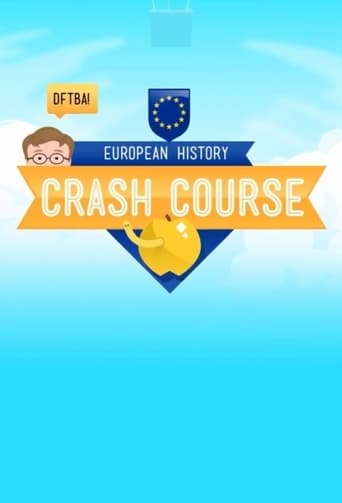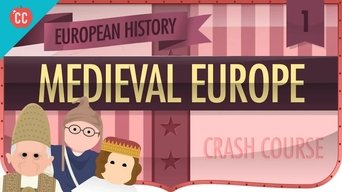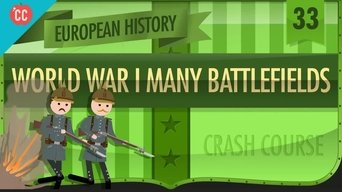Crash Course European History (2019)
Crash Course European History
2019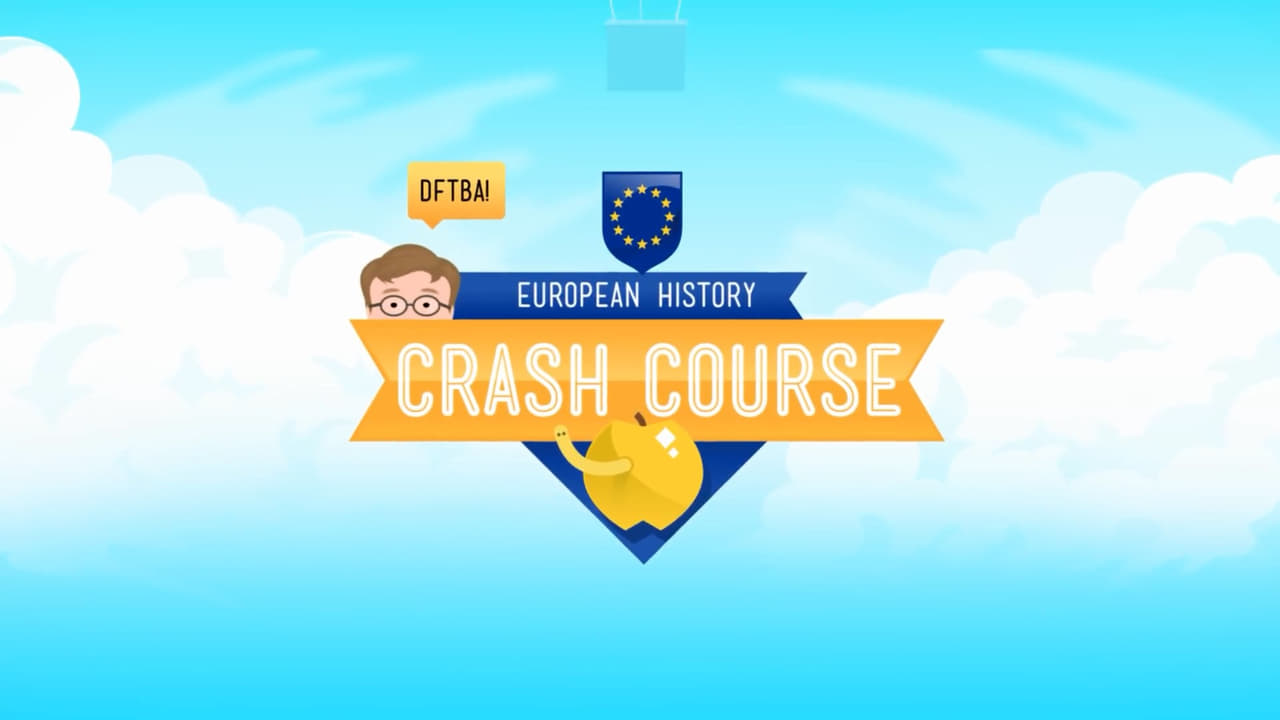
John Green is teaching history again. This time, we're looking at the history of Europe in 50 episodes. We'll start at the tail end of the so called Middle Ages, and look at how Europe's place in the world has developed and changed in the last 700 years or so.
Seasons & Episode

The European Renaissance may have started in Florence, but it pretty quickly moved out of Italy and spread the art, architecture, literature, and humanism across Europe to places like France, Spain, England, and the Low Countries.

The Protestant Reformation didn't exactly begin with Martin Luther, and it didn't end with him either. Reformers and monarchs changed the ways that religious and state power were organized throughout the 16th and early 17th centuries. Jean Calvin in France and Switzerland, the Tudors in England, and the Hugenots in France also made major contributions to the Reformation.

We've been talking a lot about kings, and queens, and wars, and religious upheaval for most of this series, but let's take a moment to zoom out, and look at the ways that individuals' lives were changing in the time span we've covered so far. Some people's lives were improving, thanks to innovations in agriculture and commerce, and the technologies that drove those fields. Lots of people's lives were also getting worse during this time, thanks to the expansion of the Atlantic slave trade. And these two shifts were definitely intertwined.
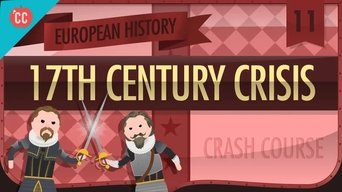
The 17th Century in Europe was pretty rough in a lot of ways. The Thirty Years War involved a lot of countries, and a lot of battles, and it was terrible for everyone involved, as wars have aa historical tendency to be. At the same time, disease and hunger were common, thanks in part to the climate change of the Little Ice Age. Get ready for some misery.
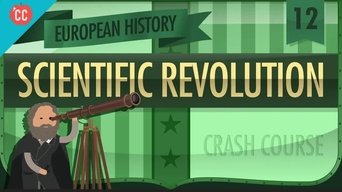
There was a lot of bad stuff going on in Europe in the 17th century. We've seen wars, plagues, and unrest of all types. But, there is some good news. Huge advances were underway in the scientific community in Europe at this time. In this video we'll look at the progress of knowledge with Galileo, Copernicus, Kepler, Harvey, Newton, and more.
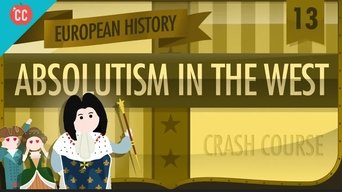
So far, the rulers of Europe have been working to consolidate their power and expand their kingdoms, and this is it. The moment they've been working toward: Absolute Monarchy. We're going to learn about how kings and queens became absolute rulers in Europe, and where better to start than with Louis XIV of France, who is really the model for absolute rule.

The English Civil War. We'll talk about England after Elizabeth, in which things didn't go that smoothly. We'll talk about James I, Charles I, Oliver Cromwell, Charles II, and James II, all of whom ruled England, (and tried to rule all of Britain and Ireland) with varying degrees of success.

While the English were falling apart a little, with their civil war and their restoration and their succession problems, the Dutch were getting their act together. They were throwing off the yoke of the Spanish Empire, uniting their provinces, and building out their global trade network. Today, we'll learn about how the Dutch came to their Golden Age, and how it ended.

In eastern Europe, in the 17th century a couple of "great powers" were coming into their own. The vast empire of Russia was modernizing under Peter the Great, and the relatively tiny state of Prussia was evolving as well. Russia (and Tsar Peter) reformed many aspects of Russian governance, realigning them toward the way things were done in western Europe. In Prussia, efficiency of institutions became a thing, and Prussia turned into "a large army with a small state attached."

So far in this series, we've covered a lot of war, disease, climate disaster, and some more war. Well, prepare yourself for something a little more positive. This week, we're talking about the Enlightenment. In this video, you'll learn about the ideas of Voltaire, Rousseau, Montesquieu, Kant, Smith, Hume, and a bunch of other people whose ideas have been so impactful, they still influence the way we think about the world today.
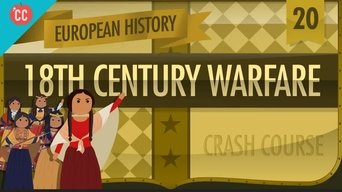
European powers had a lot of wars in the 18th century, and they weren't confined to Europe. Conflict raged across the globe, in what might be called a World War...but we don't call it that, because we already have a couple of those coming up in the 20th century. Some call it the Great War for Empire, and some call it a bunch of separate wars, but in any case, all this conflict was important, and you're going to learn all about it right now.

We try not to get into too much great man history here at Crash Course, but we have to admit: Napoleon Bonaparte is a pretty big deal. Join us as we track the rise, further rise, fall, rise, fall, mortal fall, and posthumous rise of Napoleon. This guy changed France, he changed Europe, and in a lot of ways he changed the world.
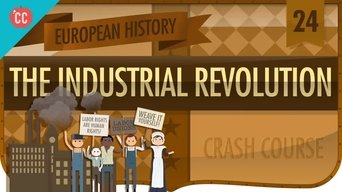
We've talked about a lot of revolutions in 19th Century Europe, and today we're moving on to a less warlike revolution, the Industrial Revolution. You'll learn about the development of steam power and mechanization, and the labor and social movements that this revolution engendered.

In the aftermath of the revolutions and upheaval in 18th and early 19th century Europe, there was a hunger for reform across the continent. Reformers like Robert Owen, Charles Fourier, and Auguste Comte proposed radical new ideas, and at the same time, regular people began to stand up and ask for greater equality, and a louder voice in how they were governed. Results were mixed, but a lot of the ideas that emerged during this time are still echoing in our world today.

In 1848, Europe experienced a wave of revolutions. Last week we covered some of the reform movements that presaged these uprisings. This week, we're learning about what the people wanted from the revolutions, who was involved, and how many of those goals were accomplished. We'll look at revolutions in the Austrian Empire, Hungary, Italy, the German States, and the region formerly known as Poland.
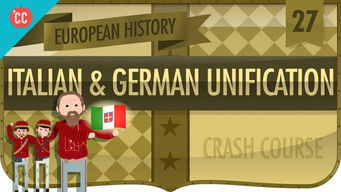
So, we haven't talked much about Italy and Germany so far in Crash Course Euro, and that's because prior to the mid-19th century, those two nation-states weren't really a thing. Today we'll look at how Italy and Germany pulled it together in the second half of the 1800s. You'll learn about Guisseppe Garibaldi, Victor Emmanuelle, Otto von Bismarck, Wilhelm I, and a whole heck of a lot about the development of modern politics.

In 19th century Europe, with nation building well under way, thoughts turned outward, toward empire. This week, we're looking at how Europeans expanded into Africa, Asia, and Oceania during the 1800s. You'll learn about China and the Opium War, British India, and the Scramble for Africa.
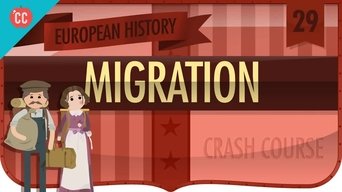
Between 1840 and 1914, an estimated 40 million people left Europe. This is one of the most significant migrations in human history. So, who was leaving Europe? And why?

Europe was in transition politically and culturally at the beginning of the 20th century. Today, we're looking at the dawn of modern science, and the rise of Modernism in the arts, especially in music, dance, and visual arts. We'll look at changes in music and dance with Stravinsky's Rite of Spring, and explore the groundbreaking visual art of the Impressionists.
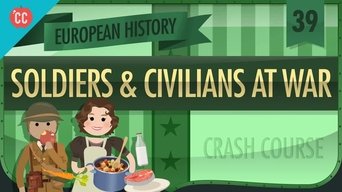
World War I was a total war for millions of people in Europe. Many men were enlisted in the fighting, but the war work had implications for the daily lives of a huge number of Europeans. Women entered the workforce in huge numbers, and for a lot of people, the battles raged through their towns, cities, and even their homes. In addition to learning about the homefronts of the war, we're going to look at how the war ended, and how the Paris Peace Conference and the treaties that resulted did little to heal the societal wounds of the war, and in many ways set the stage for the next big war.
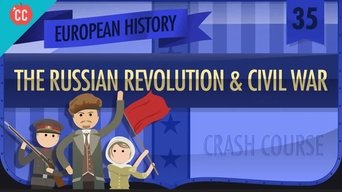
World War I was very hard on the Russian Empire. So hard, in fact, that it led to the end of the Russian Empire. As the global conflict ground on, Tsar Nicholas II faced increasing unrest at home. Today we'll learn about the Revolutions of 1917, the rise of Lenin, Trotsky, and the Bolsheviks, and the Reussian Civil War and the creation of the Soviet Union.

In which John Green looks at Europe's attempts to recover from the devastation of World War I and forge a lasting peace. The peace did not last. Today we're talking about the economic cultural recovery of the 1920s, and the economic depression of the 1930s, and the fragile state of Europe after the Great War. We'll also look at the rise of fascism via the auspices of populist leaders like Adolf Hitler and Benito Mussolini, and we'll set the stage for the war to come.

We're still leading up to World War II, but first we gotta talk about the rise of the dictators. Today we talk about the rise of militaristic dictatorships in Germany, the Soviet Union, Japan, and Spain, and the economic depression that set the stage for their rise.

Our look at World War II continues with a closer examination of just how the war impacted soldiers in the field, and the people at home. For many of the combatants, the homefront and the warfront were one and the same. The war disrupted life for millions upon millions of people. You'll learn about the different experiences of the populations of various combatant states.

During World War II, Nazi Germany undertook the imprisonment and summary execution of many of its own citizens, and citizens of the nations they occupied. One of the groups that came under assault was the European Jewish population. More than six million Jewish people were killed in a systematized genocide. Five million more people died in the same time frame as a result of Nazi persecution. In addition to the Jews, Roma people, homosexuals, political dissidents, Polish people, Slavic people, black people, and many other perceived enemies were imprisoned and killed by the regime.
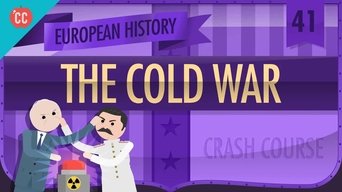
Sometimes, friendship isn't forever. At the conclusion of World War II, the old structures of power were a shambles. The traditional European powers were greatly weakened by years of total war and widespread destruction. The USSR was looking to expand its sphere of influence in Eastern Europe, and at the same time, the United States was assisting with the rebuilding of Western Europe (with some hegemonic strings attached). As two nuclear-armed superpowers emerged, the world entered the Cold War.
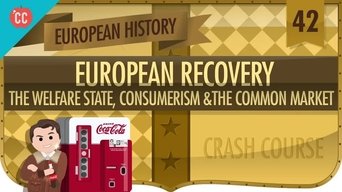
At the end of World War II, the nations of Europe were a shambles. Today we'll learn about how the various countries and blocs approached the problem of rebuilding their infrastructure and helping their residents recover. You'll learn about the Marshall plan and the various treaties that led to the modern day European Union.
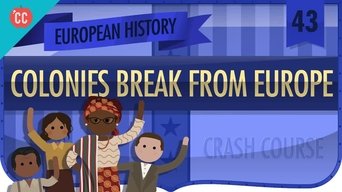
After World War II, Europe was changing radically, and its place in the world was changing as well. European powers had colonized around the world in the 18th and 19th centuries, and in the 20th century, it all came crashing down. Of course the degree of crashing was variable from country to country.

In the decades following World War II, life changed in many ways, and a fair number of those changes were for the better. Many of those improvements were driven by advances in science and technology, in fields like biology, communication, energy production, space exploration, and especially medicine.

The post-World War II decades in Europe are sometimes called the Thirty Glorious Years. As those years wore on, tensions between East and West grew, and economic growth slowed or was unevenly distributed across Europe, protests and dissent arose across the continent.

In the late 1970s and throughout the 1980s, protests and unrest continued continued across Europe, and the Soviet Union was having increasing trouble holding its sphere of influence together. Today you'll learn about the labor strikes of Poland, the dissident punks of East Germany, the fall of the Berlin Wall, and the breakup of the Soviet Union, among other things.

In which John looks at what it even means to live in a global age, as we've been talking about Europe's role in the gobal community for 47 episodes now. But, pedantry aside, the world is more connected than ever, and that has had effects in Europe. Today we'll investigate how trade, communications, and disease have changed the continent.
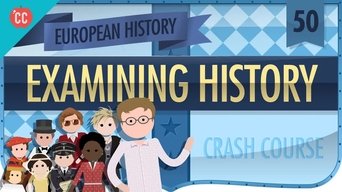
At the end of our journey through modern European history, we're taking an episode to look back at how the practice of history developed and what the aim and goals and purpose of history have been. We'll also take time to consider how we should approach history research and writing going forward.
John Green is teaching history again. This time, we're looking at the history of Europe in 50 episodes. We'll start at the tail end of the so called Middle Ages, and look at how Europe's place in the world has developed and changed in the last 700 years or so.
Watch Trailer
Free Trial Channels


